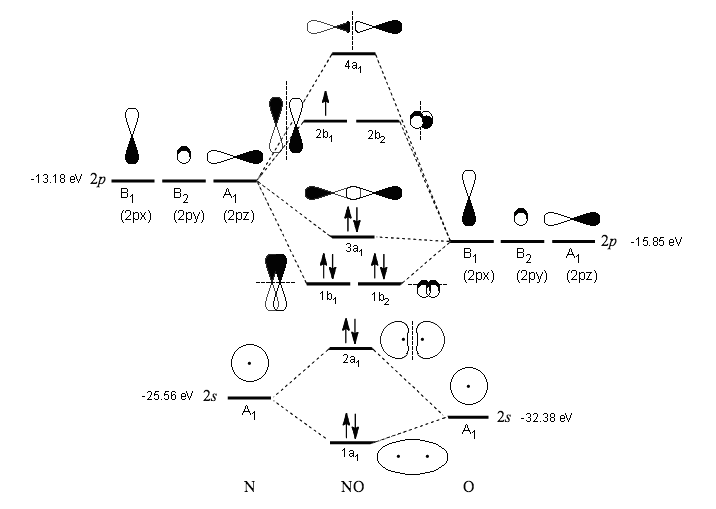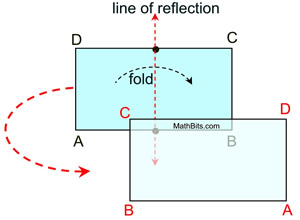



Objects can be terminated early using an arrow labeled ">" that points to an X. Lifelines are vertical dashed lines that indicate the object's presence over time. Asynchronous messages are sent from an object that will not wait for a response from the receiver before continuing its tasks. Use half-arrowed lines to represent asynchronous messages. Messages are arrows that represent communication between objects. When an object is busy executing a process or waiting for a reply message, use a thin gray rectangle placed vertically on its lifeline. Use the UML object symbol to illustrate class roles, but don't list object attributes.Īctivation boxes represent the time an object needs to complete a task. In the user authentication process we describe, the messages show how a user enters information into the browser to gain access to the webpage and how the web browser will then cross-check credential to the designated application.Start Now Basic Sequence Diagram NotationsĬlass roles describe the way an object will behave in context. What information is passed from one object to another? The other set of components you must identify are the messages the objects will send. The objects, sometimes called actors, are the principal players that perform tasks and send messages.įor example, in a login sequence, two of the objects would be the potential visitor or user and the login page a visitor uses to interact with the platform they’re attempting to log into. The first necessary set of components are the objects. To accomplish these goals, you must first identify the components of your system that should be diagrammed. Map out a real or hypothetical scenario that has many different components. See how objects and components interact with each other in sequence to complete a process. Model how a complex procedure or system operates. You can accomplish several critical tasks with a sequence diagram.


 0 kommentar(er)
0 kommentar(er)
